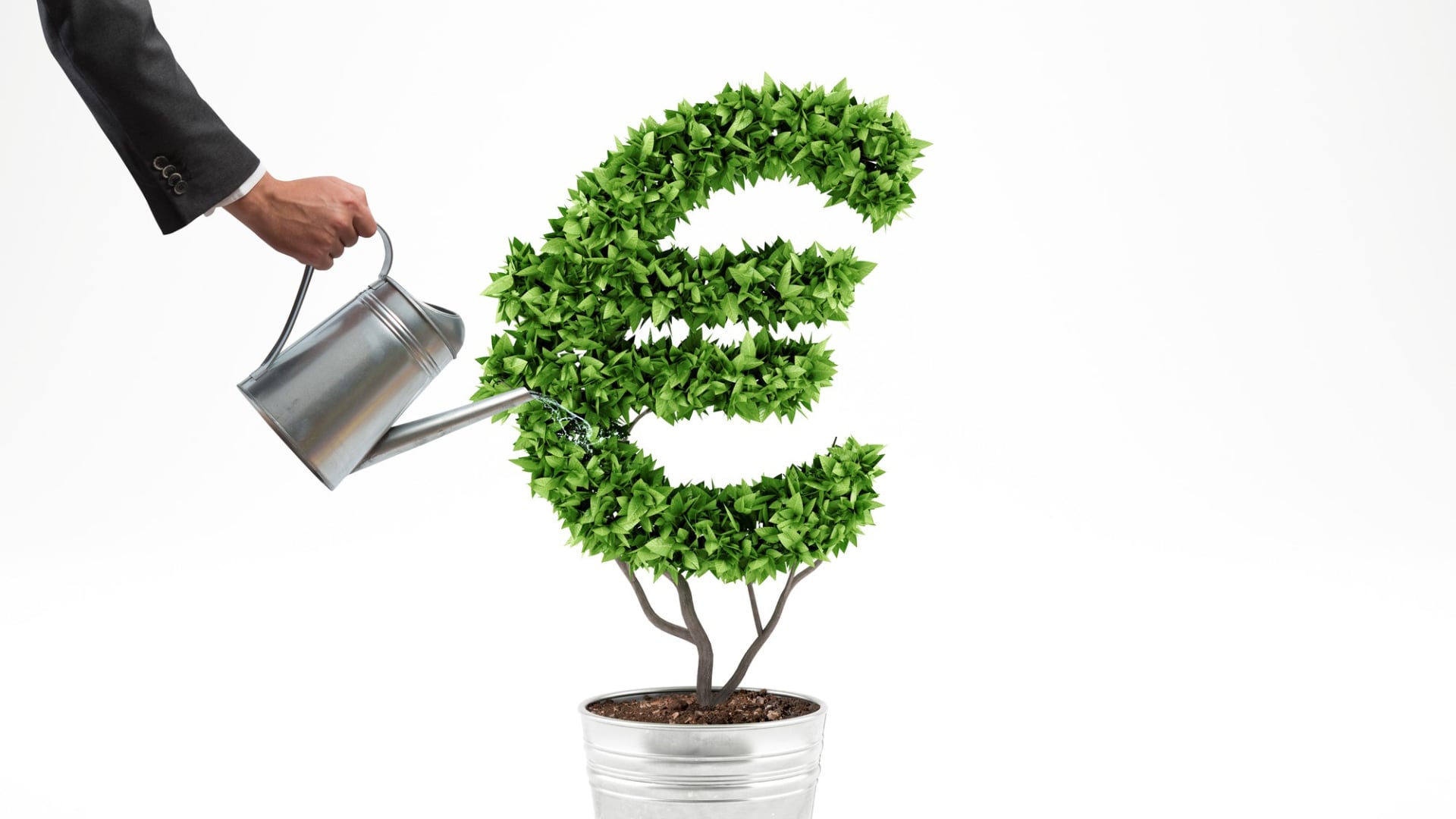
The emission of harmful substances is one of the most pressing problems of our time. This drives our planet toward natural disasters. Carbon emissions also cause global warming, which results in:
-
more frequent forest fires,
-
the melting of ice caps,
-
and rising sea levels.
The Paris Climate Agreement and the Kyoto Protocol were created to solve this problem. Yet, none of these agreements achieved enough changes in carbon emissions.
In Europe, the ETS (EU Emissions Trading System, also known as the carbon quota) was created in connection with the Kyoto Protocol. It is not a perfect system for mitigating climate change, but it has improved the situation.
Questions:
-
What exactly is the ETS?
-
How does the system work?
-
Why is there a need for correction and reform?
EU carbon permits
The European Union is the world's third-largest carbon dioxide emitter. However, this picture is nuanced by the fact that the EU is doing the most to change this and reverse harmful natural processes.
We will shortly introduce ETS, but you can read more about the European Trading System here.
Emissions Trading System and its CO2 quota
The system applies to every EU member state – it affects more than 10,000 power plants and factories.
The essence of the system is to establish a carbon dioxide emission quota that a given company, factory, plant, or power station can emit in a year. If they emit more than this amount, they must purchase the excess quota from another company that has used less than its quota, accumulating a surplus.
An easy example of this is as follows:
-
If a company has a quota of 1000 units for a year,
-
but exceeds the carbon dioxide emission limit and uses 1200 units,
-
it must purchase the extra 200 units from another company,
-
that has only used 800 of its allotted 1000 units,
-
so the remaining 200 units can be sold.
The first cycle of the system began in 2008, after a three-year testing period, and lasted until 2012. The next cycle ran from 2013 to 2020.
The latest cycle began in 2021 and will run until 2030, but quotas have only been established until 2025, at which point they will be reviewed and corrected.
The trading of units is regulated by the EU, specifically by the Community Transaction Log. Enforcement of the system is managed by separate institutions in each country.
The system's operating mechanism is theoretically designed so that companies exceeding their quotas will have to pay a high price to obtain extra quotas. However, the opposite has been observed, as the continuous reduction in carbon dioxide emissions has led to increasing quotas on the market, causing their price to fall.
As a result, companies have started to buy low quotas instead of investing heavily in emission reductions, which unfortunately does not solve the problem but rather delays its resolution.
Therefore, it is not surprising that the European Union has introduced numerous reform measures and corrections for the new 2021-2030 cycle.

Carbon emissions taxes
The Danish parliament has recently approved a new corporate carbon tax which is reported to become the highest in Europe.
Denmark has already set an ambitious target of cutting greenhouse gas emissions by 70% from 1990 levels by 2030. The Danish government says it will target companies both in and outside the EU’s carbon quota system. (Source: weforum.org)
Conclusion
In conclusion, the European CO2 quota system has been an important tool in reducing greenhouse gas emissions and promoting sustainable practices in industries across Europe.
The EU has implemented reforms to address some issues and is committed to reaching its ambitious climate goals. As the world continues to grapple with the urgent threat of climate change, the EU will likely continue to play a leading role in implementing innovative policies and solutions to reduce emissions and promote a more sustainable future.
